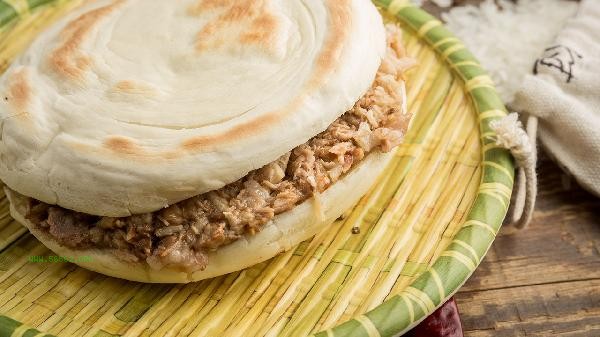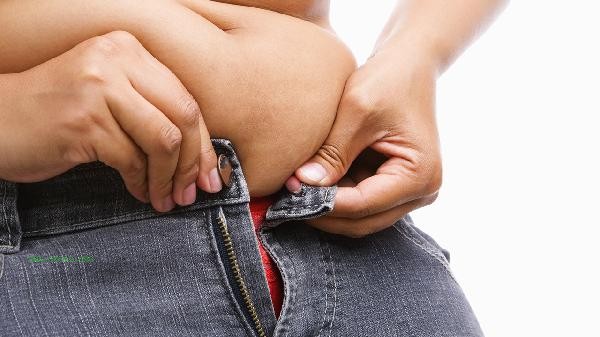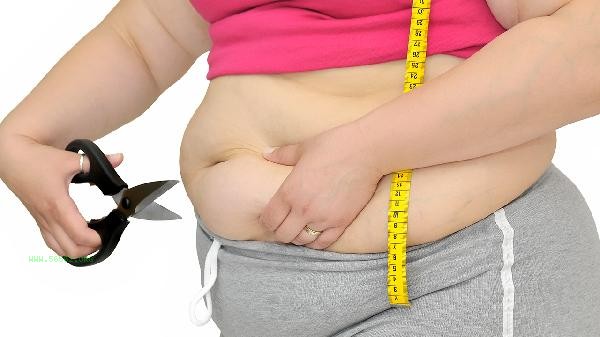The alarm clock rings at 5am, and you bite your teeth and crawl out of bed. You dare not even drink water and rush to the gym - because I heard that exercising on an empty stomach can burn 30% more fat? Don't rush to abuse your stomach for now, let's use a scientific magnifying glass to see the truth behind this popular saying.

1. Fat burning mechanism of fasting exercise
1. Glycogen reserve theory
After 8 hours of sleep, liver glycogen in the body is indeed at a lower level. At this time of exercise, the body will activate the fat supply system faster. But research has found that this' advantage 'is only significant in the first 20 minutes.
2. Hormonal changes affect
Cortisol levels are higher in the morning, theoretically promoting fat breakdown. However, this hormone also breaks down muscle protein, which may offset some of the weight loss effects.
2. The Four Major Risks of Fasting Exercise
1. hypoglycemia Alert About 17% of people may experience symptoms of low blood sugar such as dizziness and hand tremors. Especially during high-intensity training, insufficient brain energy supply may lead to sports injuries.
2. Increased muscle loss
When blood sugar is too low, the body breaks down muscle protein to provide energy. Research shows that fasting exercise may increase muscle loss by 23%.
3. Discounted Sports Performance
Professional athlete tests have shown that the average maximum oxygen uptake decreases by 12% on an empty stomach, greatly reducing the effectiveness of endurance training.
4. Overeating Trap
Excessive hunger after exercise may lead to excessive calorie intake. Experiments have shown that the fasting exercise group consumed nearly 300 more calories within 24 hours.
3. A More Suitable Exercise Plan for Ordinary People
1. Mini Energy Supply
Eating half a banana or a slice of whole wheat bread 15 minutes before exercise can avoid low blood sugar without affecting fat burning efficiency.
2. Time Selection Techniques
Schedule exercise 2-3 hours after meals, at which point blood sugar levels tend to stabilize, ensuring both exercise performance and promoting fat metabolism.
3. Strength control secret
adopts interval training: 1 minute high-intensity+2 minutes low-intensity alternating, this mode is least sensitive to fasting or not.
4. Special reminder for hydration
Regardless of fasting or not, replenish 100-150ml of water every 15 minutes. Dehydration can reduce the efficiency of fat breakdown by 40%.
IV. These people must absolutely avoid fasting exercise
1. diabetes patients
have a high risk of blood glucose fluctuations, which may induce ketoacidosis.
2. Mid term pregnant women
are prone to orthostatic hypotension, which affects fetal oxygen supply.
3. Patients with digestive system diseases
may experience aggravated symptoms of gastritis and gastric ulcers due to gastric acid stimulation.
4. Long term fasting individuals may experience fainting due to their already limited energy reserves. The latest consensus in sports science is that the difference in fat burning efficiency should not exceed 9%, and safety and sustainability are the key factors. Instead of worrying about fasting, it's better to choose a long-term exercise mode that can be sustained. Remember, the best weight loss exercise is always the one you are willing to continue doing. Tomorrow morning, why don't you have a cup of honey water before setting off?








Comments (0)
Leave a Comment
No comments yet
Be the first to share your thoughts!